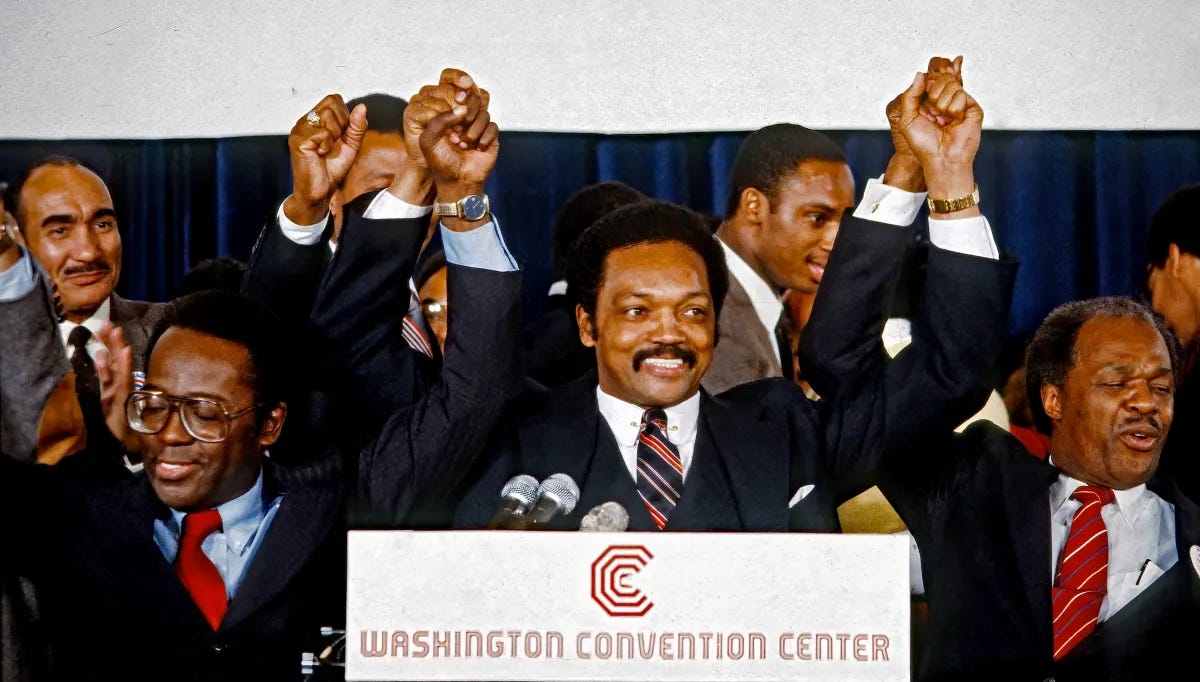The triumph of the Right in 1980 was a consequence of several factors: the excesses of the student anti-war and black power movements; the nation’s humiliating defeat in Vietnam; anxiety and confusion provoked by the first signs of the sustained structural crisis of the world-system and the accompanying U.S. productive and commercial decline relative to other core powers; and the national humiliation of the incapacity of the U.S. government to liberate hostages taken from the U.S. Embassy in Iran. Ronald Reagan, a sincere former governor of California and one-time Hollywood actor, offered a simplistic but coherent discourse that named Big Government and insufficient aggressiveness in international affairs as the culprits, and that envisioned a restoration of national honor. In contrast, the Left was unable to offer to the people a coherent, realistic national direction, an alternative to both the program of the political establishment and the proposed project of the Right.
…



